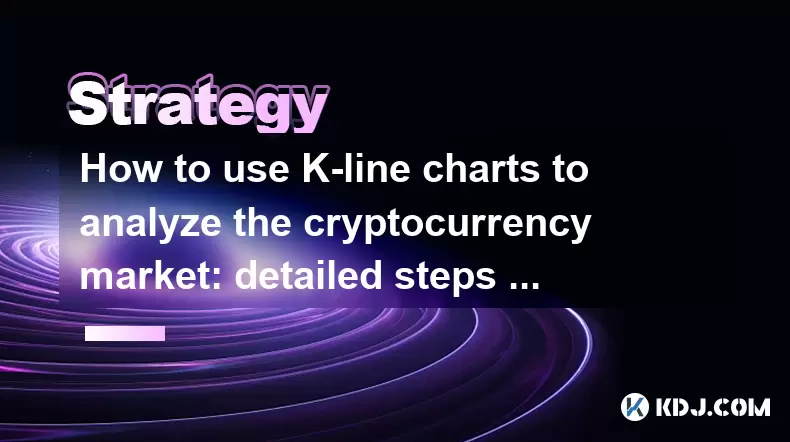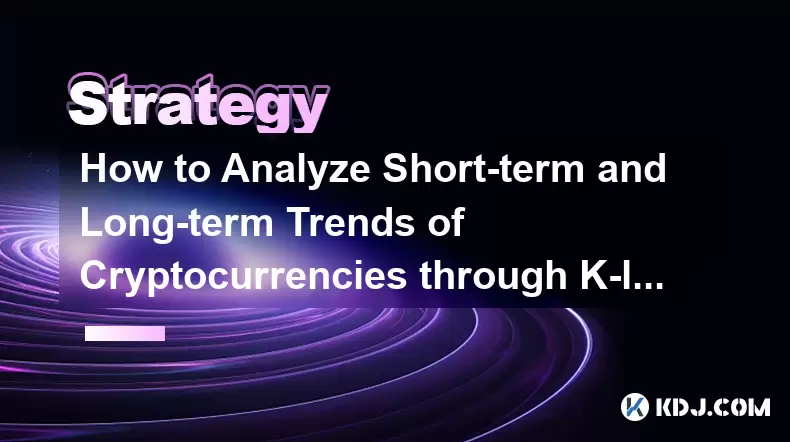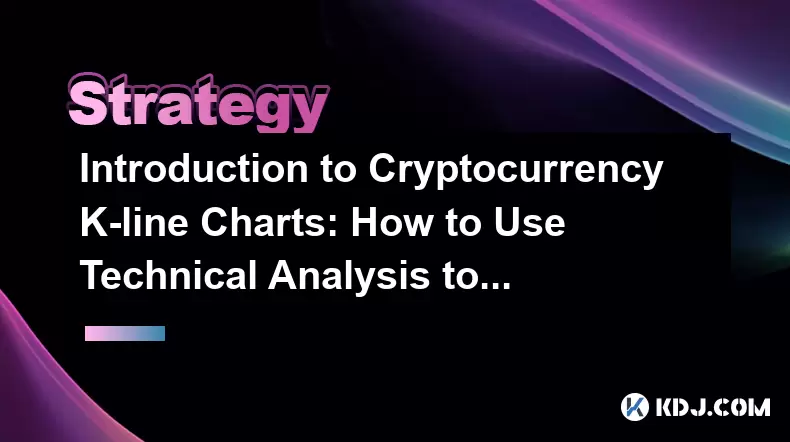-
 Bitcoin
Bitcoin $106,754.6083
1.33% -
 Ethereum
Ethereum $2,625.8249
3.80% -
 Tether USDt
Tether USDt $1.0001
-0.03% -
 XRP
XRP $2.1891
1.67% -
 BNB
BNB $654.5220
0.66% -
 Solana
Solana $156.9428
7.28% -
 USDC
USDC $0.9998
0.00% -
 Dogecoin
Dogecoin $0.1780
1.14% -
 TRON
TRON $0.2706
-0.16% -
 Cardano
Cardano $0.6470
2.77% -
 Hyperliquid
Hyperliquid $44.6467
10.24% -
 Sui
Sui $3.1128
3.86% -
 Bitcoin Cash
Bitcoin Cash $455.7646
3.00% -
 Chainlink
Chainlink $13.6858
4.08% -
 UNUS SED LEO
UNUS SED LEO $9.2682
0.21% -
 Avalanche
Avalanche $19.7433
3.79% -
 Stellar
Stellar $0.2616
1.64% -
 Toncoin
Toncoin $3.0222
2.19% -
 Shiba Inu
Shiba Inu $0.0...01220
1.49% -
 Hedera
Hedera $0.1580
2.75% -
 Litecoin
Litecoin $87.4964
2.29% -
 Polkadot
Polkadot $3.8958
3.05% -
 Ethena USDe
Ethena USDe $1.0000
-0.04% -
 Monero
Monero $317.2263
0.26% -
 Bitget Token
Bitget Token $4.5985
1.68% -
 Dai
Dai $0.9999
0.00% -
 Pepe
Pepe $0.0...01140
2.44% -
 Uniswap
Uniswap $7.6065
5.29% -
 Pi
Pi $0.6042
-2.00% -
 Aave
Aave $289.6343
6.02%
Are Bitcoin Investors Legal?
Bitcoin investors are subject to evolving legal frameworks, tax regulations, and KYC/AML requirements that vary across jurisdictions, highlighting the need for due diligence in understanding these considerations.
Jan 07, 2025 at 05:02 pm

Key Points:
- Legal Considerations for Bitcoin Investors
- Regulatory Frameworks for Cryptocurrencies
- Tax Implications for Bitcoin Transactions
- Know Your Customer (KYC) and Anti-Money Laundering (AML) Regulations
- Investor Protection Measures and Recourse
- Criminal and Civil Penalties for Bitcoin-Related Crimes
Legal Considerations for Bitcoin Investors
The legal status of Bitcoin varies across jurisdictions. In some countries, it is considered legal tender, while in others, it is classified as a digital asset or a commodity. As a result, the laws governing Bitcoin transactions can differ significantly.
- Legal Recognition:
- Bitcoin is recognized as legal tender in El Salvador.
- In Japan, Bitcoin is recognized as a payment method.
- In the United States, Bitcoin is classified as a commodity by the Commodity Futures Trading Commission (CFTC).
- Regulations for Bitcoin Exchanges:
- Bitcoin exchanges may be subject to registration and licensing requirements in some jurisdictions.
- They are often required to comply with anti-money laundering and know-your-customer (KYC) regulations.
- Tax Implications:
- Bitcoin transactions are subject to taxation in many countries.
- Tax laws vary, and investors should consult with tax professionals for guidance.
Regulatory Frameworks for Cryptocurrencies
- Securities and Exchange Commission (SEC):
- The SEC regulates the issuance and trading of securities.
- It has classified certain cryptocurrencies as securities, which fall under its jurisdiction.
- Commodity Futures Trading Commission (CFTC):
- The CFTC regulates derivatives and futures markets.
- It has classified Bitcoin as a commodity, which falls under its jurisdiction.
- Financial Crimes Enforcement Network (FinCEN):
- FinCEN is responsible for enforcing anti-money laundering and know-your-customer (KYC) regulations.
- It requires certain businesses dealing in cryptocurrencies to register and comply with these regulations.
Tax Implications for Bitcoin Transactions
- Income Tax:
- Bitcoin is subject to income tax when it is sold or exchanged for a profit.
- The tax rate varies depending on the jurisdiction.
- Capital Gains Tax:
- Bitcoin held for investment may be subject to capital gains tax when sold.
- The tax rate varies depending on the jurisdiction.
- Reporting Requirements:
- Some jurisdictions require individuals to report Bitcoin transactions to tax authorities.
- Failure to comply can result in penalties.
Know Your Customer (KYC) and Anti-Money Laundering (AML) Regulations
To prevent money laundering and other illicit activities, regulators have implemented KYC and AML regulations:
- Customer Verification:
- Exchanges and other Bitcoin businesses are required to verify the identity of their customers.
- This involves collecting personal information such as name, address, and identification documents.
- Transaction Monitoring:
- Businesses must monitor customer transactions for suspicious activity.
- Suspicious transactions may be reported to law enforcement.
Investor Protection Measures and Recourse
- Government-Backed Cryptocurrency Insurance:
- Some countries offer government-backed insurance to protect investors from losses due to theft or fraud.
- Private Cryptocurrency Insurance:
- Private companies offer insurance policies to cover various risks associated with Bitcoin investments.
- Dispute Resolution Mechanisms:
- Exchanges may have dispute resolution mechanisms in place to handle customer complaints.
- Investors may also seek recourse through courts or regulatory bodies.
Criminal and Civil Penalties for Bitcoin-Related Crimes
- Fraud and Theft:
- Stealing or fraudulently obtaining Bitcoin can result in criminal prosecution.
- Penalties can include fines and imprisonment.
- Money Laundering:
- Using Bitcoin for money laundering purposes is illegal.
- Penalties can include fines and imprisonment.
- Illegal Transactions:
- Using Bitcoin for illegal transactions, such as purchasing drugs or weapons, is illegal.
- Penalties can include fines and imprisonment.
- Cybercrime:
- Engaging in cybercrimes using Bitcoin, such as hacking or phishing, is illegal.
- Penalties can include fines and imprisonment.
FAQs
Q: Is it legal to buy Bitcoin?
A: In most jurisdictions, it is legal to buy Bitcoin. However, there are a few countries where it is banned or restricted.
Q: What regulations apply to Bitcoin exchanges?
A: Bitcoin exchanges may be subject to registration and licensing requirements, as well as anti-money laundering and know-your-customer (KYC) regulations.
Q: How are Bitcoin transactions taxed?
A: Bitcoin transactions may be subject to income tax and capital gains tax. Tax laws vary, so investors should consult with tax professionals.
Q: What are KYC and AML regulations?
A: KYC (Know Your Customer) and AML (Anti-Money Laundering) regulations require businesses dealing in cryptocurrencies to verify the identity of their customers and monitor transactions for suspicious activity.
Q: What recourse do investors have if they experience fraud or theft?
A: Investors may have recourse through government-backed or private cryptocurrency insurance, dispute resolution mechanisms offered by exchanges, or legal action.
Q: What are the penalties for Bitcoin-related crimes?
A: Penalties for Bitcoin-related crimes, such as fraud, money laundering, illegal transactions, and cybercrime, vary depending on the jurisdiction and the severity of the offense. They can include fines and imprisonment.
Disclaimer:info@kdj.com
The information provided is not trading advice. kdj.com does not assume any responsibility for any investments made based on the information provided in this article. Cryptocurrencies are highly volatile and it is highly recommended that you invest with caution after thorough research!
If you believe that the content used on this website infringes your copyright, please contact us immediately (info@kdj.com) and we will delete it promptly.
- Bitcoin's Balancing Act: Navigating Geopolitical Tensions to Eye Record Highs
- 2025-06-19 00:25:12
- Crypto ATMs Banned in Washington City: What's the Deal?
- 2025-06-19 00:45:13
- BlockDAG, Monero, Bittensor: Navigating the 2025 Crypto Landscape, New Yorker Style
- 2025-06-19 01:25:13
- Cold Wallet, TAO, NEAR: Navigating Crypto Instability with Security
- 2025-06-19 01:10:13
- Cold Wallet: Your Fortress of Token Gains Amidst In-Wallet Trade Frenzy
- 2025-06-19 00:45:13
- AVAX Recovery: Short-Term Momentum or Bearish Trap?
- 2025-06-19 01:12:13
Related knowledge

How to use K-line charts to analyze the cryptocurrency market: detailed steps and common misunderstandings
Jun 16,2025 at 01:42pm
Understanding the Basics of K-line Charts in Cryptocurrency TradingK-line charts, also known as candlestick charts, are one of the most widely used tools for analyzing price movements in financial markets, including cryptocurrencies. These charts provide a visual representation of price action over specific time intervals and help traders make informed ...

Cryptocurrency K-line chart technical analysis manual: Learn these methods to increase your chances of making a profit
Jun 11,2025 at 11:21pm
Understanding the Basics of K-line ChartsK-line charts, also known as candlestick charts, are one of the most widely used tools in cryptocurrency trading. Each K-line represents a specific time period and provides information about the open, high, low, and close prices during that interval. The body of the candle shows the relationship between the openi...

The Importance of K-line Chart Analysis in Cryptocurrency Trading: From Theory to Practical Cases
Jun 11,2025 at 04:56pm
Understanding the Basics of K-line ChartsK-line charts, also known as candlestick charts, are a visual representation of price movements over specific time intervals. Each K-line encapsulates four critical data points: the opening price, closing price, highest price, and lowest price within a given timeframe. These charts originated in Japan during the ...

Cryptocurrency K-line Chart Interpretation Guide: How Novices Can Quickly Master the Basics of Technical Analysis
Jun 10,2025 at 08:56pm
Understanding the Basics of K-line ChartsK-line charts, also known as candlestick charts, are one of the most widely used tools in cryptocurrency trading for analyzing price movements. Each K-line represents a specific time period and shows the opening, closing, high, and low prices during that interval. For novices, grasping how to read these elements ...

How to Analyze Short-term and Long-term Trends of Cryptocurrencies through K-line Charts: A Complete Guide
Jun 15,2025 at 12:49pm
Understanding the Basics of K-line ChartsK-line charts, also known as candlestick charts, are essential tools used in cryptocurrency trading to visualize price movements over time. Each candlestick represents a specific time interval and contains four key data points: open, high, low, and close. The body of the candle shows the range between the opening...

Introduction to Cryptocurrency K-line Charts: How to Use Technical Analysis to Optimize Trading Decisions
Jun 12,2025 at 03:56pm
Understanding the Basics of K-line ChartsK-line charts, also known as candlestick charts, are one of the most essential tools used in cryptocurrency trading. Originating from Japan, these charts visually represent price movements over specific time intervals. Each candlestick displays four key pieces of information: the opening price, closing price, hig...

How to use K-line charts to analyze the cryptocurrency market: detailed steps and common misunderstandings
Jun 16,2025 at 01:42pm
Understanding the Basics of K-line Charts in Cryptocurrency TradingK-line charts, also known as candlestick charts, are one of the most widely used tools for analyzing price movements in financial markets, including cryptocurrencies. These charts provide a visual representation of price action over specific time intervals and help traders make informed ...

Cryptocurrency K-line chart technical analysis manual: Learn these methods to increase your chances of making a profit
Jun 11,2025 at 11:21pm
Understanding the Basics of K-line ChartsK-line charts, also known as candlestick charts, are one of the most widely used tools in cryptocurrency trading. Each K-line represents a specific time period and provides information about the open, high, low, and close prices during that interval. The body of the candle shows the relationship between the openi...

The Importance of K-line Chart Analysis in Cryptocurrency Trading: From Theory to Practical Cases
Jun 11,2025 at 04:56pm
Understanding the Basics of K-line ChartsK-line charts, also known as candlestick charts, are a visual representation of price movements over specific time intervals. Each K-line encapsulates four critical data points: the opening price, closing price, highest price, and lowest price within a given timeframe. These charts originated in Japan during the ...

Cryptocurrency K-line Chart Interpretation Guide: How Novices Can Quickly Master the Basics of Technical Analysis
Jun 10,2025 at 08:56pm
Understanding the Basics of K-line ChartsK-line charts, also known as candlestick charts, are one of the most widely used tools in cryptocurrency trading for analyzing price movements. Each K-line represents a specific time period and shows the opening, closing, high, and low prices during that interval. For novices, grasping how to read these elements ...

How to Analyze Short-term and Long-term Trends of Cryptocurrencies through K-line Charts: A Complete Guide
Jun 15,2025 at 12:49pm
Understanding the Basics of K-line ChartsK-line charts, also known as candlestick charts, are essential tools used in cryptocurrency trading to visualize price movements over time. Each candlestick represents a specific time interval and contains four key data points: open, high, low, and close. The body of the candle shows the range between the opening...

Introduction to Cryptocurrency K-line Charts: How to Use Technical Analysis to Optimize Trading Decisions
Jun 12,2025 at 03:56pm
Understanding the Basics of K-line ChartsK-line charts, also known as candlestick charts, are one of the most essential tools used in cryptocurrency trading. Originating from Japan, these charts visually represent price movements over specific time intervals. Each candlestick displays four key pieces of information: the opening price, closing price, hig...
See all articles

























































































